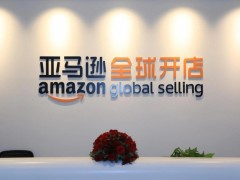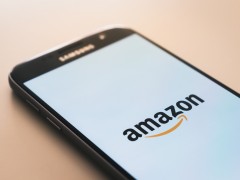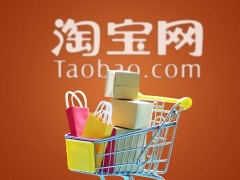Which part of Amazon e-commerce is the most promising?
一,从前景上来讲近几年肯定是好的。因为毕竟体量大,用户数多,卖家相对少一点,还处于发展的时候。
二,对于新手来讲,首先建议你去系统的了解一下,亚马逊开店流程,规则,做法,网上有太多的课程,我这边也可以免费给你发。当你了解了以后,结合自己的情况,再决定是否要去做。总体上来讲,在国内ERP系统的帮助下,操作上等还是比较简单的。
三,亚马逊分为FBA(亚马逊仓库发货)与FBM(自发货)。两种模式各有优缺点。
FBA:亚马逊平台会提供流量,发货速度快,但是会占用资金,如果选品不好,有可能就全部砸在仓库了。
FBM:自发货。优势是不用囤货,当有订单了通过国内平台购买,不占用资金。缺点是平台流量少,物流时间长,需要大量的铺货来增加商品的曝光量。
Professional answer
First, in terms of prospects, it is definitely good in recent years. After all, it is large in size, has a large number of users, and relatively few sellers, and is still in the process of development.
Second, for novices, I suggest you first systematically understand the process, rules, and practices of opening a store on Amazon. There are too many courses on the Internet, and I can also send them to you for free. After you understand it, combine your own situation and then decide whether to do it. Generally speaking, with the help of the domestic ERP system, the operation is relatively simple.
Third, Amazon is divided into FBA (Amazon warehouse delivery) and FBM (self-delivery). The two models have their own advantages and disadvantages.
FBA: The Amazon platform will provide traffic and fast delivery, but it will occupy funds. If the product selection is not good, it may all be thrown in the warehouse.
FBM: self-delivery. The advantage is that there is no need to stock up. When there is an order, it can be purchased through the domestic platform without occupying funds. The disadvantages are that the platform has low traffic, long logistics time, and a large amount of distribution is required to increase the exposure of the product.
Similar Q&A
recommend How to view sales of several months on Amazon?
E-c News Continuously pushing e-commerce knowledge to you








Latest Q&A More
-
Do I need a trademark to open a franchise store on Pinduoduo to sell books?
#Pinduoduo#
-
How to withdraw from a Pinduoduo store
#Pinduoduo#
-
How to withdraw from Pinduoduo merchants
#Pinduoduo#
-
How to pay fees when closing a Pinduoduo store
#Pinduoduo#
-
How to withdraw from Pinduoduo
#Pinduoduo#
-
Which store on Pinduoduo is authentic?
#Pinduoduo#
-
Which stores on Pinduoduo can buy genuine products?
#Pinduoduo#
-
How to check the store under Pinduoduo
#Pinduoduo#
-
How to receive Pinduoduo online game products
#Pinduoduo#
-
How to sell the electronic version on Pinduoduo
#Pinduoduo#
E-c News 2025-12-15 06:23:42

- African netizens use China Africa cross-border e-commerce platform for online shopping
- how is the new seller of cross-border e-commerce doing?
- how can cross-border e-commerce Amazon sell on Amazon platform without goods?
- Amazon store opening process and cost analysis!
- Amazon plans to expand its pharmacy business on a large scale and will add same day delivery service
